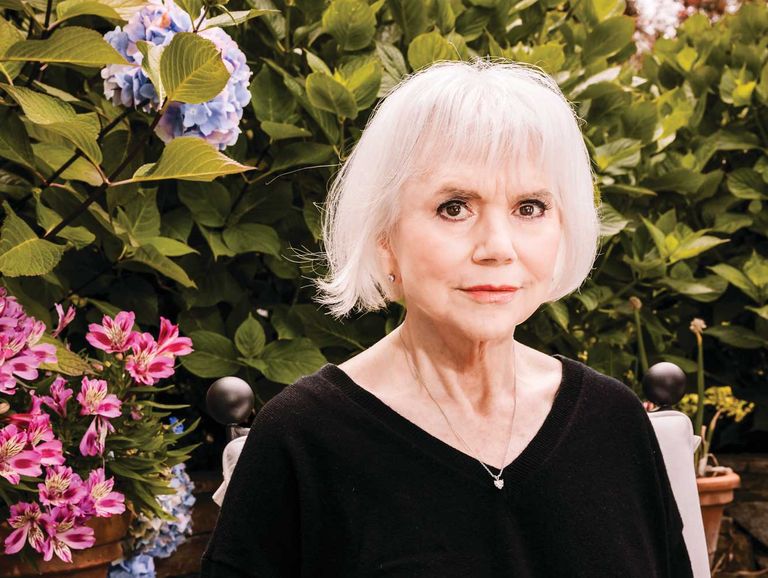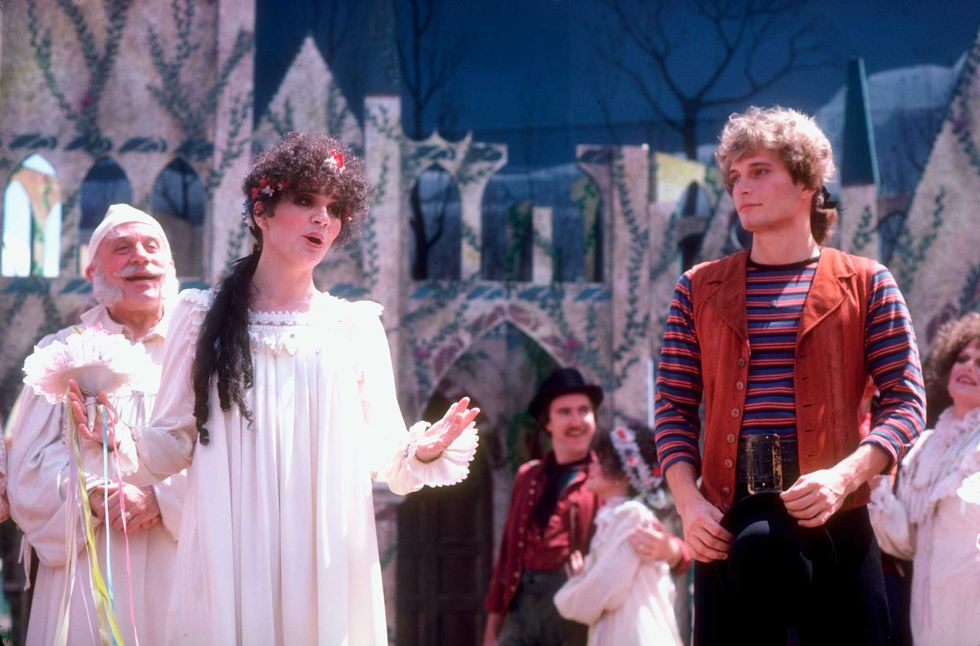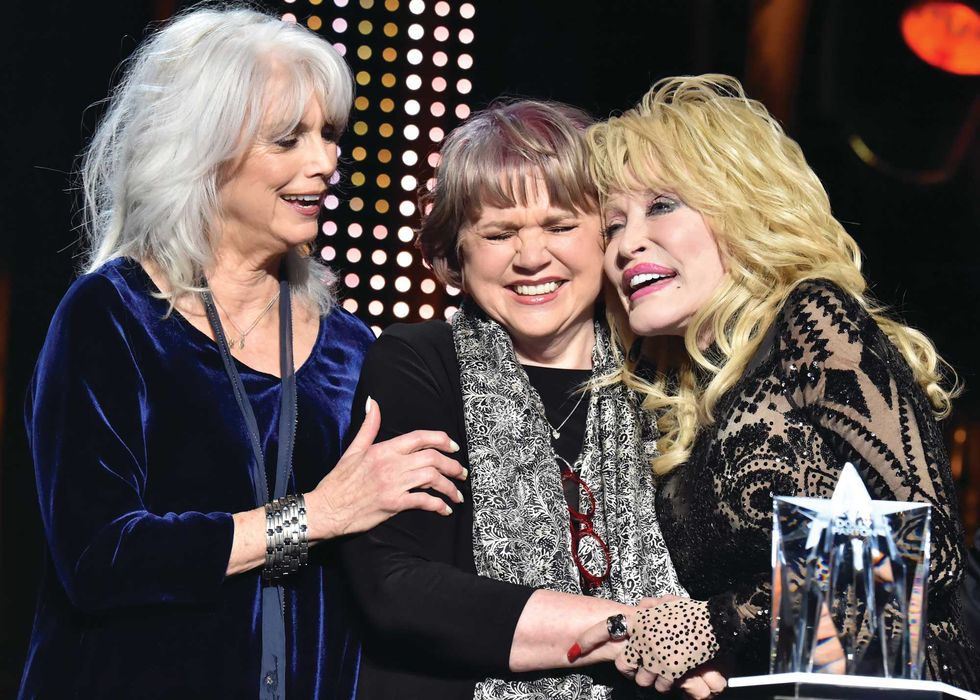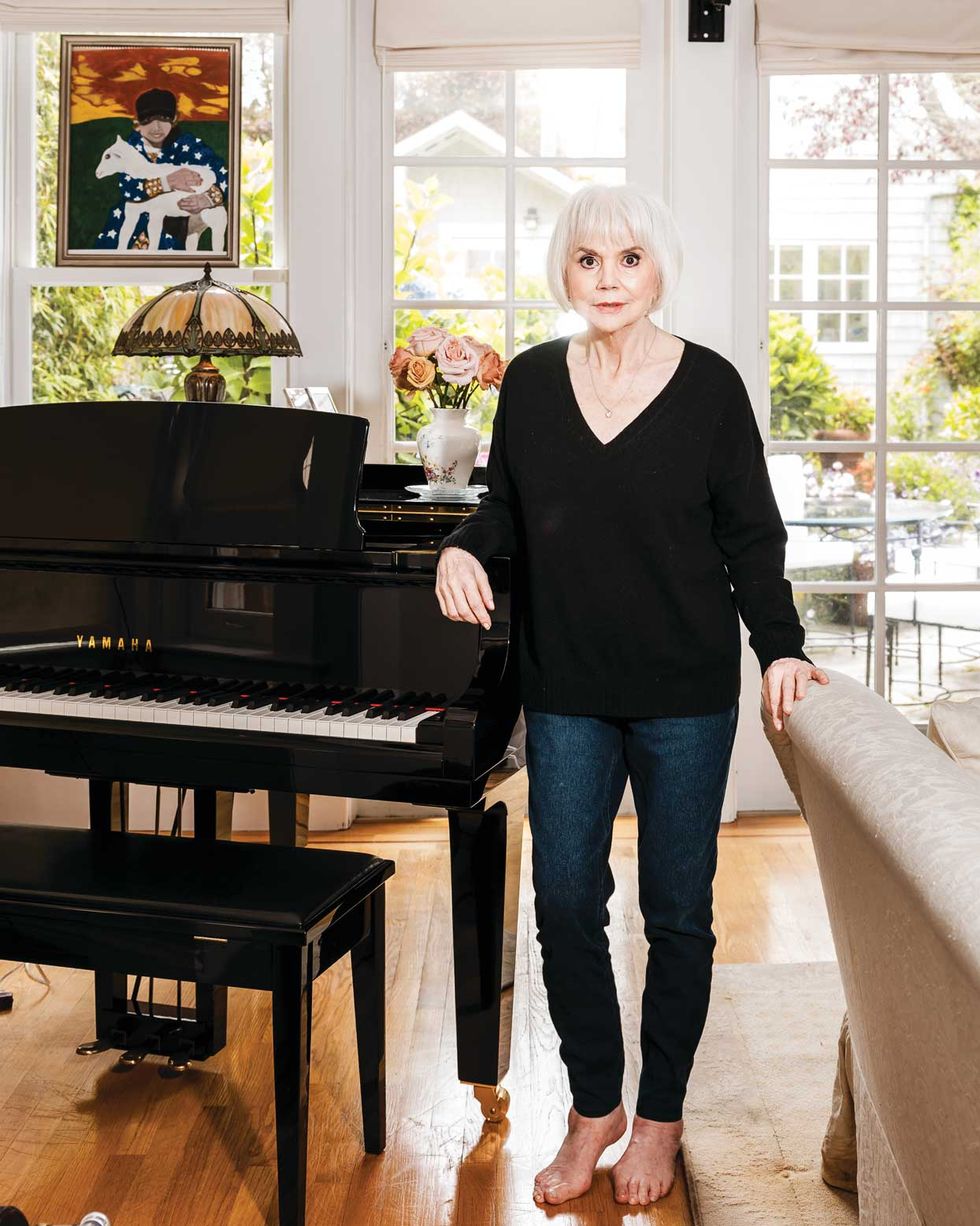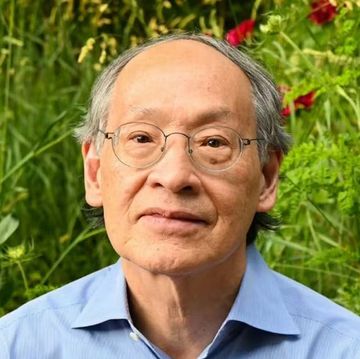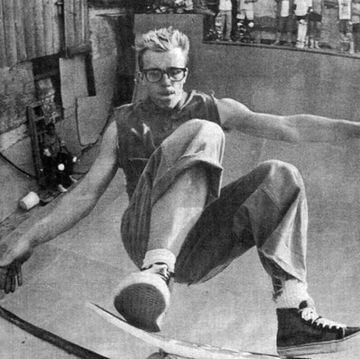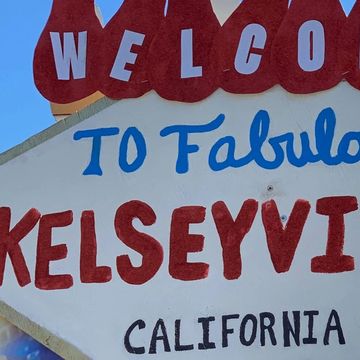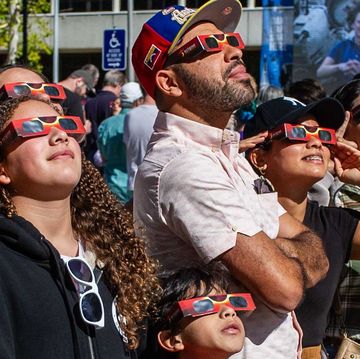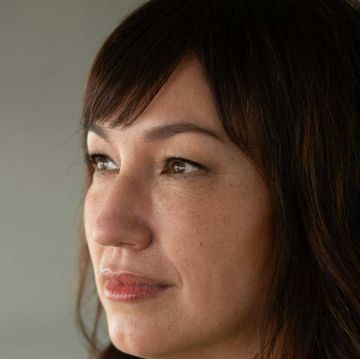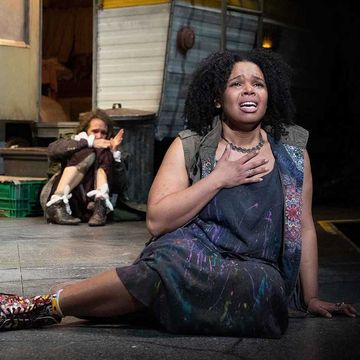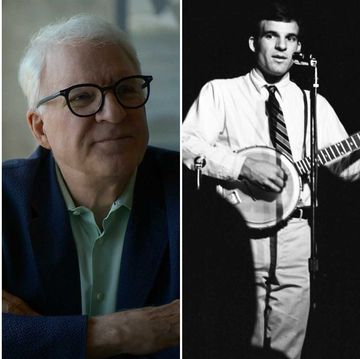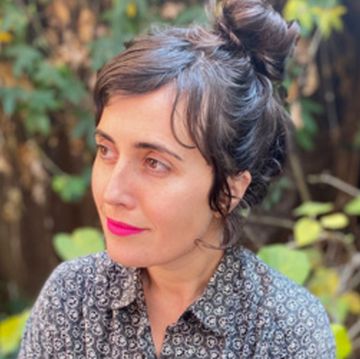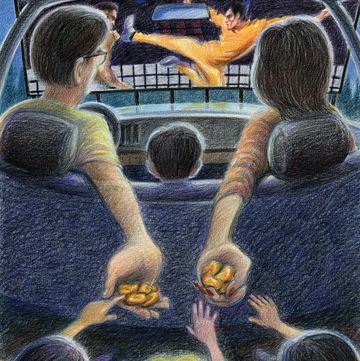In 1965, Linda Ronstadt left her home in Tucson, Arizona, for the California sound. She and her siblings Suzy and Peter had been making a name for themselves by singing close harmonies in the city’s only folk coffeehouse, the First Step. But their former bass player, Bobby Kimmel, had moved to Los Angeles and sent word about a new band there, the Byrds, who were melding folk sensibility with the electrified innovation of the British Invasion, especially the Beatles. Linda yearned to be part of that. She and her sister and brothers had been raised on a ranch, surrounded by music. Her parents, Gilbert and Ruth Mary Ronstadt, had filled their home with an abundant mix of opera, operetta, jazz, country, and the Mexican popular music that Gilbert had inherited, along with the city’s premier hardware business, from his Sonora, Mexico–born father, Federico José María Ronstadt. Linda would return to those genres later in her career, but first, California beckoned.
In Los Angeles, she soon became a folk-rock goddess, releasing an unprecedented string of solo gold and platinum albums, with a slew of radio and jukebox hits, and undertaking multiple tours. Her accolades include numerous Grammy wins and nominations, including a Lifetime Achievement Award; a Kennedy Center Honor; and induction into the Rock and Roll Hall of Fame.
Ten years ago, after retiring from singing and relocating to San Francisco, Ronstadt was diagnosed with Parkinson’s disease; more recently, her diagnosis was switched to progressive supranuclear palsy (PSP), for which she’s being treated with drugs and physical therapy. Alta Journal visited Ronstadt, now 77, to ask about her career and her current interests. This interview has been edited for brevity and clarity.
This interview appears in Issue 25 of Alta Journal.
SUBSCRIBE
JEFF KALISS: You’ve said that nobody else could ever have picked songs for you. How did you choose what you sang?
LINDA RONSTADT: It could be just a line that expressed something I felt strongly. Or the way the chords were voiced that made me feel a certain way. I loved the McGarrigle sisters.
Anna McGarrigle’s “Heart Like a Wheel” was the title song on your first No. 1 album, in 1974.
The lyric just said everything I felt, about something that you’re stuck in but you’re going to get out of. Though I’m not so trusting of fate—I have to tinker with things all the time. I never bought the god thing, the separate anthropomorphized sentient being, sitting there with his beard, looking at us as individuals. But I liked this quote from someone: “God admires me when I work, but he loves me when I sing.”
You’ve also said, if I may paraphrase, that falling in love with a song was the next best thing to falling in love with a man.
Or better. It lasts a lot longer, and you have a much more honest relationship with it. Though I did fall in love with some songs I didn’t have any business singing. Like “Sail Away,” by Randy Newman.
Did you choose your public image? I remember driving down Sunset Boulevard in 1970 and seeing a billboard, Linda Ronstadt sitting in a pigpen in cutoffs, looking happy and sexy. Whose idea was that?
That was mine. I love pigs, and I’d been a fan of the Li’l Abner comic strip and of the character Moonbeam McSwine. I got away with more of my ideas than a lot of people did.
There was a lot of touring behind all those hit albums, and you’ve written about what you did to manage the demands.
I never liked drugs much, and I’m allergic to alcohol. But one tour that I did, I took cocaine, and then I’d take a Valium to go to sleep. It made me grumpy. I remember taking a quaalude on a tour bus and thinking that I was having all this insight I should write down. The next day, I looked at what I’d written, and it was “Andrew is my friend, Andrew is my friend,” again and again.
John Boylan, your producer and manager back in 1969 and your manager now again, said it was your natural ability to sing bel canto that sustained you in front of an electric rock band.
Those early years on the road, there weren’t good sound systems, so I just screamed as loud as I could. It was when I learned to sing softly that I really got control of my voice. I got that from singing in hotel rooms with wall-to-wall talent: Andrew Gold and the guys and with Emmylou Harris and the Seldom Scene band. I learned a lot about singing from Emmy. But it wasn’t until I was in [the 1980 Broadway production of] The Pirates of Penzance that I got voice lessons, with Marge Rivingston.
I didn’t get to see Pirates in Central Park, but the filmed version sure showed off your acting chops.
I’m not naturally inclined to be an actor. It made me self-conscious.
But you looked so natural.
Because acting is singing, or singing is acting. When you’re singing, you’re tapping a feeling and expressing it visually as clearly as you can, and that’s what acting is, I think.
How was it doing old American standards, with Nelson Riddle?
I felt I was set free to do the sounds that I’d heard growing up. And it came naturally when I started studying the singers who came before me. I found my high voice had taken up some of the muscle of my chest voice, from singing in Pirates. My falsetto was stronger. I learned circular breathing. I had a whole voice! I could sing anything I wanted to after that—except the blues.
You’ve said that in your trio with Dolly Parton and Emmylou Harris, your voice could do what you were not able to do on your own.
Emmy’s got the purest sound imaginable, and Dolly lives in this crystal place. So when you’re with them, you’re riding on their draft.
Like three birds.
Yeah, it was really fun.
You went on to recapture the Mexican musical legacy of your dad.
I’m a kamikaze singer: I take my chest voice all the way up, or I bring my head voice into my chest voice and let it yodel. I get that from Mexican music.
What first brought you to San Francisco?
The first time I came up was with Neil Young, and I really liked it. It was designed for pedestrians. You didn’t have to get on the freeways to get everywhere. I liked the light, and I liked the weather, because it was cooler. And I liked the opera and the symphony and the ballet. They don’t exist together except for a tiny number of places in the world, as you know. Later, I came back because I had a boyfriend—I was staying with him most of the time. Finally, I bought a house on Jackson Street. It looked like a Victorian dungeon; I restored it. I moved up here also because [the late] Michael Smuin was the artistic director for the San Francisco Ballet; his wife, Paula Tracy, was the ballet mistress; and I wanted to see every one of their ballets. I hired Michael to be stage director of my mariachi tour, and he created ballets for Cynthia Gregory to some of my standards.
But then you returned to Tucson for seven years, only to come back to San Francisco. What brought you back here?
My adopted kids. I thought I’d live here for three years, because Carlos was in middle school and Mary was in high school. I was looking for the cheapest house in the most expensive neighborhood. There’s more nature here and the whole ocean over there. This place had enough bedrooms, and I wanted my daughter to have her own place in the guesthouse. I’ve been here 12 years now. It’s a record for me.
When did you begin to notice changes in your voice?
My voice didn’t change. It collapsed. It was the year 2000. And my voice didn’t deteriorate the way old voices do, where you get a yawn vibrato or something. It had been strong, and all of a sudden, I was standing on the stage in Phoenix, singing a real high note in a Burt Bacharach song, “Anyone Who Had a Heart.” And my voice just shredded! Then I started noticing that I could sing the beginning of a note, but it wouldn’t hold.
What did you do about it?
Nothing, until it got to where my hands were shaking so badly. I thought I had a pinched nerve, but an old friend said, “You have Parkinson’s disease; go to a neurologist.” The doctor gave me medicine for Parkinson’s; it made my symptoms worse. It took a long time to get the later diagnosis of PSP, which is a part of parkinsonism, but it’s caused by the accumulation of a different protein in the brain.
Did the doctors find significance in your maternal grandmother having Parkinson’s?
Oh yeah, because there can be a genetic component. But I was a perfect storm for it. I grew up around a lot of pesticides: trucks with DDT came down and fogged the roads, and we used to get on the backs of the trucks and ride in the fog. My dad put chlorine in the pool. And my dad had mercury in his workshop because he did silver- and goldwork, and we used to play with it. Later, I was real sick from a tick disease that I got in Africa. So any of those single things could cause Parkinson’s.
But you wouldn’t have known.
I’m lucky because I have a lot of help, I have a roof over my head, and I don’t have to worry about debt or anything like that. But it’s just having this series of things taken away from you. At first I couldn’t sing, and then I couldn’t knit—that was really cruel.
What does PSP do to singing?
When you have it, you can’t do repetitive motions, which with your vocal cords, that repetition is thousands of times per second, especially on high notes for women. Also, my brain is not keeping up, so I lose words all the time.
Well, you give a great interview. And I have to compliment you on your two books. Simple Dreams is one of the most enjoyable autobiographies I’ve ever read.
Well, thank you! A fortune teller on Clement Street in San Francisco told me, “You’re going to write a book, and it’s going to be very successful.” I’d never written anything but a thank-you note; I never kept a journal. But sure enough, a year later, Simon & Schuster asked me to do a book, and I wrote Simple Dreams all by myself. Someone just optioned it for a biopic.
You’d said you didn’t want to write a kiss-and-tell.
I wrote about my musical process. But I knew if I didn’t say something about Jerry Brown, it would be noticed. I mean, honest to god, it’s almost 40 years ago now that we were together! We’re really good friends, and I love his wife. She improved his manners. I wasn’t cut out for marriage, but I envy a good one.
Your second book, Feels Like Home, alongside a score of regional and family recipes, describes cultural activity you’ve been involved in, including your ongoing support of Los Cenzontles, the academy for Mexican cultural arts in San Pablo, California.
They’re playing and performing the right music for the right reasons. I bought them a dishwasher. And I go over there and hang out when they’re having classes for kids in the community.
I watched the documentary about the trip you and Jackson Browne made to your grandfather’s town in Mexico with the band from Los Cenzontles four years ago, Linda and the Mockingbirds. [Cenzontles is the Nahuatl word for “mockingbirds.”]
It was joyous. I felt like I was celebrating what I did as a child. I’m also connected to three groups that work at the border with migrants and refugees. I just did a benefit in Tucson for Sahuarita Samaritans, who supply legal aid to migrants. The woman who runs that is just a saint.
Is there anything now you’d redo if you could?
God, if only I had known earlier what I knew by the ’80s and ’90s, I would’ve sung Burt Bacharach songs when I was 18 years old, instead of screwing around. The Stone Poneys [an early folk-rock band of hers] didn’t know how to play Mexican music back in the ’60s, and nobody was interested in standards; only a few people were interested in country music.
And all your rock hits?
They were all shortened-up songs with crazy problems. I would know how to sing them better now.
Have you been getting out to any music in San Francisco?
I went to see La Traviata recently. It’s my second-favorite opera. And I said, “What’s wrong with the sound?” I was connected to the sound system, but I got a very indifferent mix of what was going on. I can’t hear above certain pitches. But I’m going to try again. I think it might go better with a ballet.
Are visitors coming to you?
Jerry Brown shows up on Thanksgiving and Christmas. Paula Tracy is my best friend. She comes for brunch every Sunday. Then we’ll sit around and read the Chronicle and the New York Times and watch PBS all night long—Masterpiece Theatre and all the serials. John Boylan has been a good friend and visitor. He knows so much about everything but doesn’t blab it out.
And your very musical family?
My daughter, Mary, is very musical. She’s living in Petaluma now. My daughter, my older brother, and my niece all have the same voice I have, just in slightly different keys. Mary can hear like a dog. I took her to the opera when she was two. My son, Carlos, is living about a mile from here. He plays guitar really well and has turned me on to a lot of good music. My brother Mike used to come through with his band and stay here. My nephews Mikey and Petie Ronstadt stay when they have gigs in the area.
I noted that the extended Ronstadts perform a monthly session back in Tucson.
Every third Sunday.
Do you still have property there?
Yeah, down close to the border. I go back about twice a year.
After your dad’s passing in 1995, you commented that he’d had a beautiful death.
He wanted to die at home. All his family was there, and he knew he was loved. There he was, lying there dying, and he was reading to us from Love in the Time of Cholera. It was so cool! And he sang a song, “Collar de Perlas.” A beautiful song. And he could still sing. Wish I could.
What are you looking toward now?
Um, I want to finish that pile of books on the table. I try not to think too far ahead, because it scares me. Longevity is not what I’m aspiring to here—I’ve had a long turn at the trough. But do come back for a visit.•
Jeff Kaliss is a San Francisco–based journalist, author, annotator, and poet focused on music and entertainment. He wrote about composer and conductor John Adams for Alta Journal 5.
